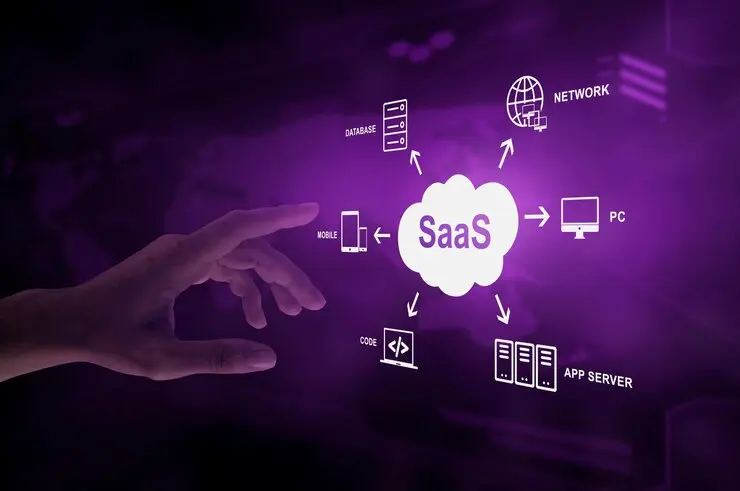Introduction
Hey there, tech enthusiasts! Have you ever wondered what’s behind the scenes when you’re backing up your photos to the cloud or streaming your favorite shows online? The answer is cloud computing, an incredible innovation that’s completely changed the way we use technology. But don’t fret if it all sounds like jargon to you. In this blog post, we’re going to break down everything you need to know about cloud computing, one byte at a time.
So sit back, relax, and let’s get started on a journey to demystify cloud computing. You’ll learn about its benefits, types, applications, and much more. By the end of it, you’ll be a cloud computing aficionado!
What Is Cloud Computing?
First off, let’s clear the air—no, we’re not talking about literal clouds in the sky. Cloud computing is all about using remote servers to store, manage, and process data instead of relying on a local server or a personal computer. This way, you can access your data from anywhere and at any time.
To put it simply, cloud computing is like renting a high-end computer online. You get to use its processing power, storage, and networking without ever physically touching it. All you need is a decent internet connection, and you’re good to go.
Benefits of Cloud Computing
So why are businesses and individuals alike jumping on the cloud computing bandwagon? For starters, it’s cost-effective. You only pay for what you use, which means you can scale your needs without breaking the bank.
Plus, it’s incredibly convenient. Need to collaborate with a team spread across different time zones? Or maybe you’re just looking for an easy way to back up your important files. With cloud computing, you can do all this and more, without ever worrying about hardware malfunctions or data loss.
Types of Cloud Computing
Now that we’ve covered the basics, let’s dive into the different types of cloud computing. There are three main categories: Infrastructure as a Service (IaaS), Platform as a Service (PaaS), and Software as a Service (SaaS).
- IaaS: This is like leasing a virtual machine. You’re responsible for managing the OS, data, and applications.
- PaaS: Think of this as buying a fully-equipped car. It has everything you need to drive but doesn’t require you to know the ins and outs of how the engine works.
- SaaS: This is essentially plug-and-play. Services like Gmail and Dropbox fall under this category.
Public vs. Private Cloud
Within those types, clouds can be either public or private. A public cloud is operated by third-party providers and is accessible to anyone. In contrast, a private cloud is exclusively used by a single organization.
While public clouds are generally more cost-effective and easier to scale, private clouds offer greater security. So, which one’s better for you depends on your specific needs and how much control you want over your data.
Common Applications
So, where do you encounter cloud computing in your daily life? You’d be surprised. Streaming services like Netflix, online storage services like Google Drive, and even social media platforms use cloud computing to store data and deliver content.
Not just that, even complex tasks like data analytics, machine learning, and real-time communication are now powered by cloud computing. So whether you’re binge-watching your favorite series or analyzing big data, you’ve got cloud computing to thank for it.
Security Concerns
Of course, it’s not all rainbows and sunshine. Security is a significant concern when it comes to cloud computing. After all, you’re trusting someone else with your valuable data.
However, most reputable cloud providers have robust security measures in place, like firewalls, data encryption, and regular audits. So as long as you’re choosing a trustworthy provider, you’re in relatively safe hands.
Future Trends
Cloud computing is ever-evolving. The future looks promising, with trends like edge computing, quantum computing, and AI integrations making waves in the industry.
The key takeaway? The cloud is here to stay. And as technology continues to advance, we can expect even more exciting developments that make our lives easier and more interconnected.
Conclusion
And there you have it, folks! A complete breakdown of cloud computing. By now, you should have a clear understanding of what it is, why it’s important, and how it affects our daily lives.
So the next time you upload a picture to your online album or watch a video, remember the cloud technology working quietly in the background, making it all possible.
Explore the rest of our website Tech Glints, intriguing articles await you! Interested in contributing? Simply click the contact button at the top right. Thank you!
